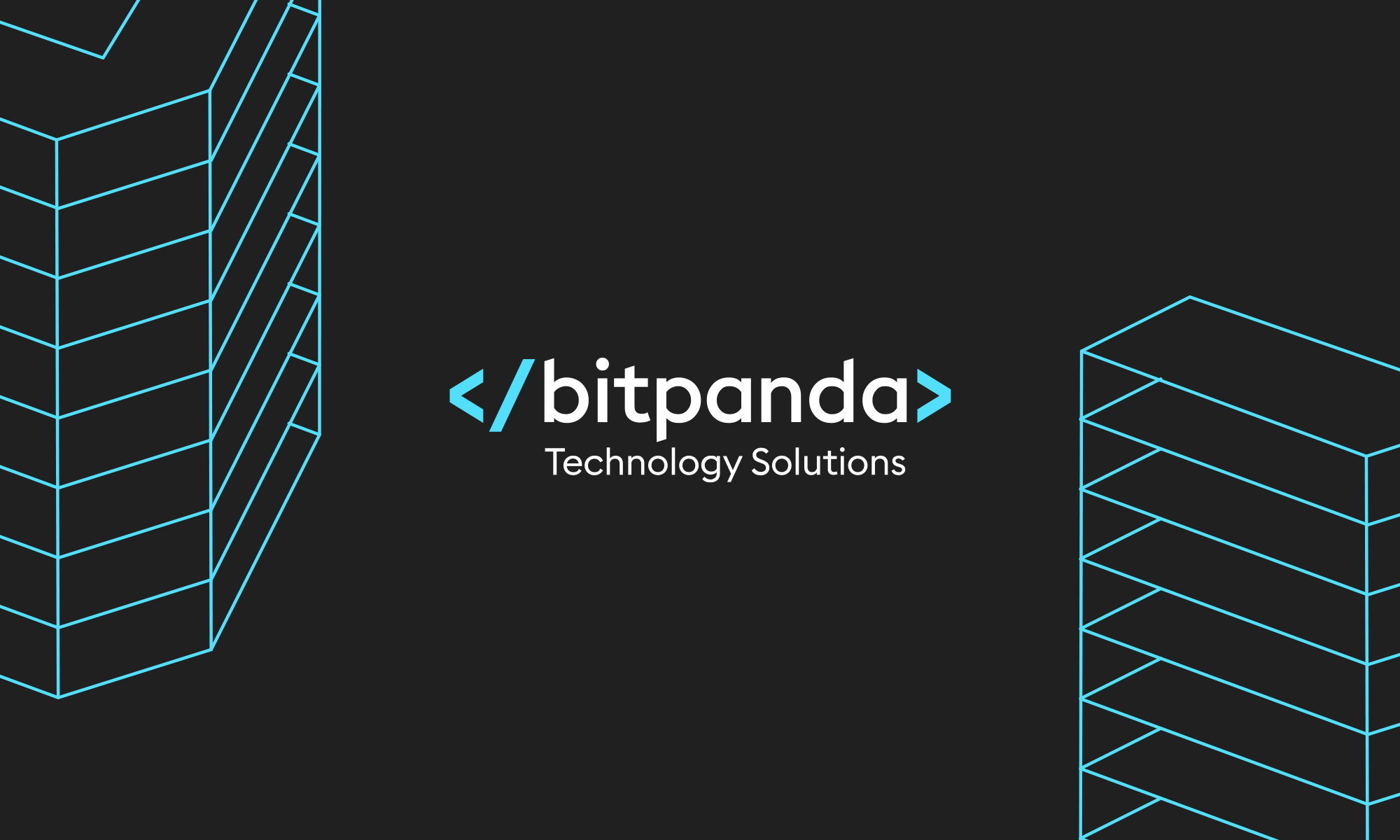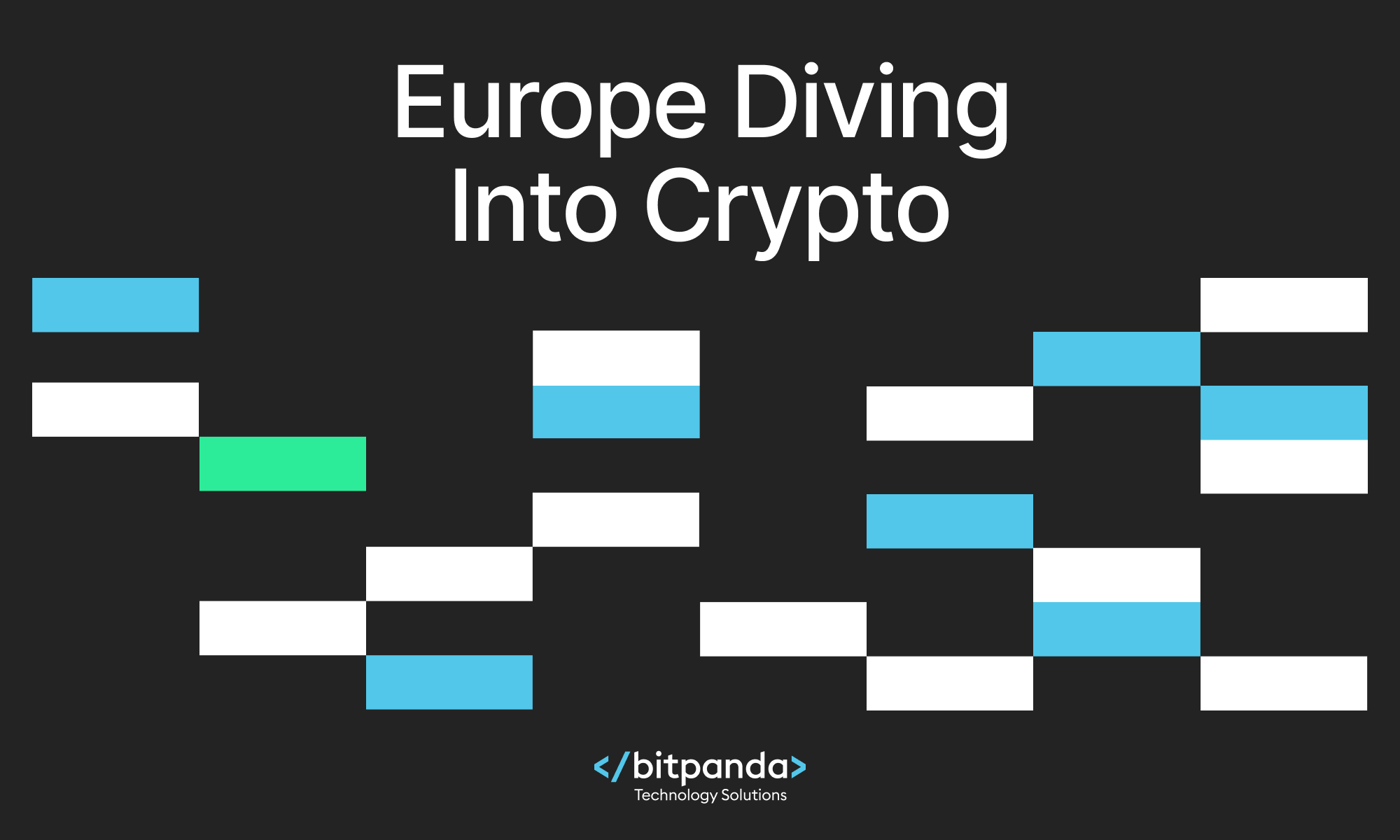What is AI-crypto?
AI‑crypto tokens are digital assets that fund or power AI-driven services on decentralised infrastructure. They live on blockchain networks and are often linked to protocols that provide:
- Access to AI tools (like predictive models or data analytics)
- Participation in decentralised AI networks or marketplaces
- Incentives for training data contributions or algorithm performance
In essence, AI crypto tokens are programmable assets designed to enable and monetise intelligent services in a transparent and decentralised way. By combining blockchain and AI, they’re unlocking new possibilities, from autonomous data marketplaces to AI agents that manage decentralised operations.
Although still in their early stages, these projects are contributing to the development of more efficient and data-driven financial systems. The tokens behind them are becoming increasingly tradable, drawing growing interest from users, investors, and financial institutions.
Why AI-crypto matters for financial institutions
AI-crypto represents a new emerging sector that combines decentralised infrastructure with the power of AI. For financial institutions, this opens the door to a compelling product category with real utility and investor appeal. By offering access to carefully selected AI-related tokens, institutions can stay competitive, expand their digital asset offerings, and cater to a tech-savvy client base that wants next-generation solutions.
Meet growing demand with differentiated offerings
Institutional interest in digital assets is booming. In Q1 2024 alone, institutional crypto investments surpassed $17 billion, and 55% of financial institutions plan to broaden their asset coverage over the next year.
AI crypto is one of the fastest-rising segments in this space. These tokens provide access to services like AI-generated investment insights, decentralised data platforms, and machine learning–powered prediction tools.
By including AI crypto in a product lineup,institutions can meet growing demand and stand out in a crowded market without straying from their core business focus.
Drive new revenue models
Researchers from Grayscale highlight the rapid ascent of AI-centric tokens, with the sector growing more than fourfold over two years, reaching nearly $20 billion in market size. Although still the smallest among crypto sectors, this sharp growth signals strong momentum and early-mover potential.
This acceleration is not simply driven by hype, but by the real-world utility of AI crypto tokens. These tokens are unlocking entirely new monetisation pathways through their functional roles, including:
- Access to AI-powered services such as automated analytics, decentralised compute, and participation in AI marketplaces
- Token-based rewards tied to interaction with AI models or agents, enabling scalable, usage-based revenue streams
For institutions, AI crypto tokens open the door to new business models grounded in intelligent automation and user-driven economics. As access keys to AI-powered services, these tokens enable early adopters to monetise innovation in new ways and differentiate themselves in an increasingly competitive market.
Leading AI Crypto tokens

Several AI crypto tokens are gaining real momentum – not just in market capitalisation, but also in user engagement and functional adoption.
Bittensor (TAO), often considered the sector’s frontrunner, reached a market cap of approximately $3.8 billion in April 2024, up from $2.5 billion earlier that year. Render (RNDR) and Fetch.ai (FET) followed closely, hitting $3.7 billion and $2.8 billion, respectively, after a collective 250% surge in Q1.
But this growth isn’t limited to price action: Usage metrics show increasing traction as Render experiences rising demand from decentralised compute providers, while Fetch.ai continues to expand its integrations across logistics and mobility networks.
While institutional adoption remainsat an early stage, these developments signal a shift. Select AI tokens are beginning to evolve from speculative instruments into tools with practical use cases, creating a strategic opening for financial institutions to explore listings, staking, or utility-driven features tied to real value.
The risks of AI crypto projects and key points to consider
As the sector matures and AI crypto tokens begin to demonstrate real-world utility, institutional interest is likely to grow. However, as with any fast-evolving asset class, rapid growth also brings complexity and a unique set of challenges that must be carefully assessed before entering the market.
1. Not all “AI” projects are truly AI
Just because a crypto project uses “AI” in its branding doesn’t mean it’s actually building or deploying artificial intelligence. Many so-called AI-crypto protocols are focused on related technologies like automation tools, data marketplaces, or infrastructure for machine learning workflows, without creating or training AI models themselves.
This distinction matters.
A project that enables data sharing or model hosting can still be valuable, but its token utility and technical risks differ significantly from those of a protocol developing AI algorithms. For institutions, this means looking beyond the branding to assess what kind of “intelligence” is really being delivered, and how core the AI component is to the project’s functionality.
2. Blockchain and AI don’t always align
While combining blockchain and AI might seem like a natural fit, the two technologies serve different technical goals, and integrating them isn’t always seamless.
Blockchain prioritises decentralisation, transparency, and security. These strengths come with trade-offs: relatively low throughput, high latency, and energy or cost inefficiencies for data-heavy processes. AI, by contrast, thrives on high-speed computation, access to large volumes of data, and centralised processing environments that can support intensive training and inference tasks.
This creates an architectural mismatch in some cases. For example, storing or processing large datasets on-chain can be impractical, and running complex models on decentralised nodes may result in performance bottlenecks.
To put it into perspective: Blockchain can be compared to a mortgage specialist that is careful, transparent and focused on long-term outcomes. AI, meanwhile, is more like a comparison site and acts fast, data-driven and efficient to narrow down your options. Both have value, but they operate in very different ways.
That doesn’t mean integration is impossible, but it does require careful design choices. Institutions should be wary of projects that claim seamless convergence without addressing these constraints or providing clear infrastructure workarounds.
3. Token utility is often unclear
Many AI-crypto projects launch their own token, but not all of these have a meaningful role in the underlying technology. In some cases, the native token appears to be a fundraising tool rather than a critical part of the product.
If a protocol’s services can function without its token, or if the token is only used for speculative trading, it raises questions about sustainability and integration value. For institutions, this impacts how the asset is categorised, governed and potentially listed in products or services.
Key things to look for include:
- Clear documentation of token utility
- Alignment between token usage and business value
- Evidence of active token demand beyond price speculation
4. Scams and hype cycles persist
As with earlier waves of crypto, parts of the AI-crypto market are driven more by momentum than substance. Some projects promise decentralised AI breakthroughs, only to reveal vague roadmaps, anonymous teams or inflated marketing.
Warning signs include:
- No working product or prototype
- Unclear or unverifiable claims about AI capabilities
- Sudden token price spikes followed by low liquidity
- Poor documentation or absence of compliance commitments
A strategic framework for approaching AI‑crypto

AI‑crypto is full of potential, but navigating it demands more than curiosity. Financial institutions must treat it like any emerging asset class or infrastructure shift: with structured analysis, internal alignment and risk-aware execution.
1. Evaluate project maturity and credibility
Start with the fundamentals. Before offering any AI‑crypto token to clients, assess whether the underlying project has substance:
- Is there a working product or demo environment? Avoid tokens backed only by a whitepaper or roadmap.
- Who’s behind it? Look for named teams with proven experience in both blockchain and AI, not just marketing-heavy founder bios.
- How transparent is the governance model? Is the project open-source, independently audited or institutionally backed?
- Are there any active partnerships or real use cases? Third-party integrations or pilot programs are strong signals of traction.
Institutions should treat these questions like a due diligence checklist, just as they would for onboarding new asset managers or financial products.
2. Clarify how it fits your tech and compliance stack
Even if a token looks promising, it has to work within your organisation’s infrastructure and regulatory framework.
- API and SDK access: Can the project’s services be integrated without building from scratch?
- Reporting and compliance: Can token activity be logged, monitored and reconciled with your compliance tools?
- Data privacy: Does the protocol meet internal standards for encryption, KYC, and customer data handling?
- AI integration: Can you connect it with your own AI systems or third-party tools, or is it a closed loop?
This is where many promising pilots get blocked. The more enterprise-ready the token infrastructure is, the more realistic the deployment becomes.
3. Run structured pilots with clear boundaries
Launching AI‑crypto tokens doesn’t require a full-scale rollout. Start small:
- Choose a focused use case: For example, a private sandbox where clients access AI-generated portfolio insights via tokenised subscriptions.
- Use clear success criteria: Define what success looks like in terms of engagement, retention, data usage, or monetisation before launching.
- Limit exposure: Set caps on customer participation, token volume or financial risk until validation is complete.
- Maintain transparency: Offer user-friendly explainers and clear documentation to build trust with clients and regulators alike.
Think of pilots as low-risk learning labs that build knowledge and confidence internally, while signalling innovation externally.
4. Align with your broader innovation strategy
AI‑crypto tokens shouldn’t be a side experiment. The most successful integrations are aligned with existing innovation priorities, such as:
- Expanding digital asset offerings
- Launching tokenised investment services
- Improving user personalisation through data-driven insights
- Enhancing internal automation and analytics capabilities
By embedding AI‑crypto into strategic roadmaps, institutions can build with purpose. And because regulation in this space is evolving, being part of the early ecosystem means contributing to industry standards and gaining first-mover knowledge.
Turn strategy into execution with Bitpanda Technology Solutions
As financial institutions assess the evolving role of AI and digital assets, execution matters as much as vision. With its modular and compliant infrastructure, Bitpanda Technology Solutions helps institutions move from insight to action – safely, strategically, and at scale.
Whether you’re exploring new digital asset offerings, building tokenised use cases, or preparing to pilot AI-integrated services, Bitpanda offers the tools to do it with confidence.
Through our platform, partners can:
- Access a vetted range of crypto assets, including emerging categories like AI crypto, through a secure, curated infrastructure.
- Build fully regulated investment and trading platforms, with integrations tailored to enterprise compliance and data standards.
- Stay ahead with institutional-grade insights, from asset-level research to market trends and regulatory developments.
If you're looking to turn strategy into execution, we're here to help.
Learn more about how we support institutional partners and explore integration options with Bitpanda Technology Solutions. Get in touch with our team to discuss how we can support your next move.
Disclaimer
This article is distributed for informational purposes, and it is not to be construed as an offer or recommendation. It does not constitute and cannot replace investment advice.
Bitpanda does not make any representations or warranties as to the accuracy and completeness of any information contained herein.
Investing carries risks. You could lose all the money you invest.
 Commodities* Invest in commodities 24/7
Commodities* Invest in commodities 24/7 Bitpanda Limit Orders Invest on autopilot with Limit Orders
Bitpanda Limit Orders Invest on autopilot with Limit Orders BITCOIN What to know when you are just starting to invest
BITCOIN What to know when you are just starting to invest ASSET MANAGEMENT Your investment, your assets: Why your money is safe with Bitpanda
ASSET MANAGEMENT Your investment, your assets: Why your money is safe with Bitpanda COUNTDOWNBitcoin Halving Countdown 2024
COUNTDOWNBitcoin Halving Countdown 2024 ACADEMYWhat is the Bitcoin halving?
ACADEMYWhat is the Bitcoin halving?








